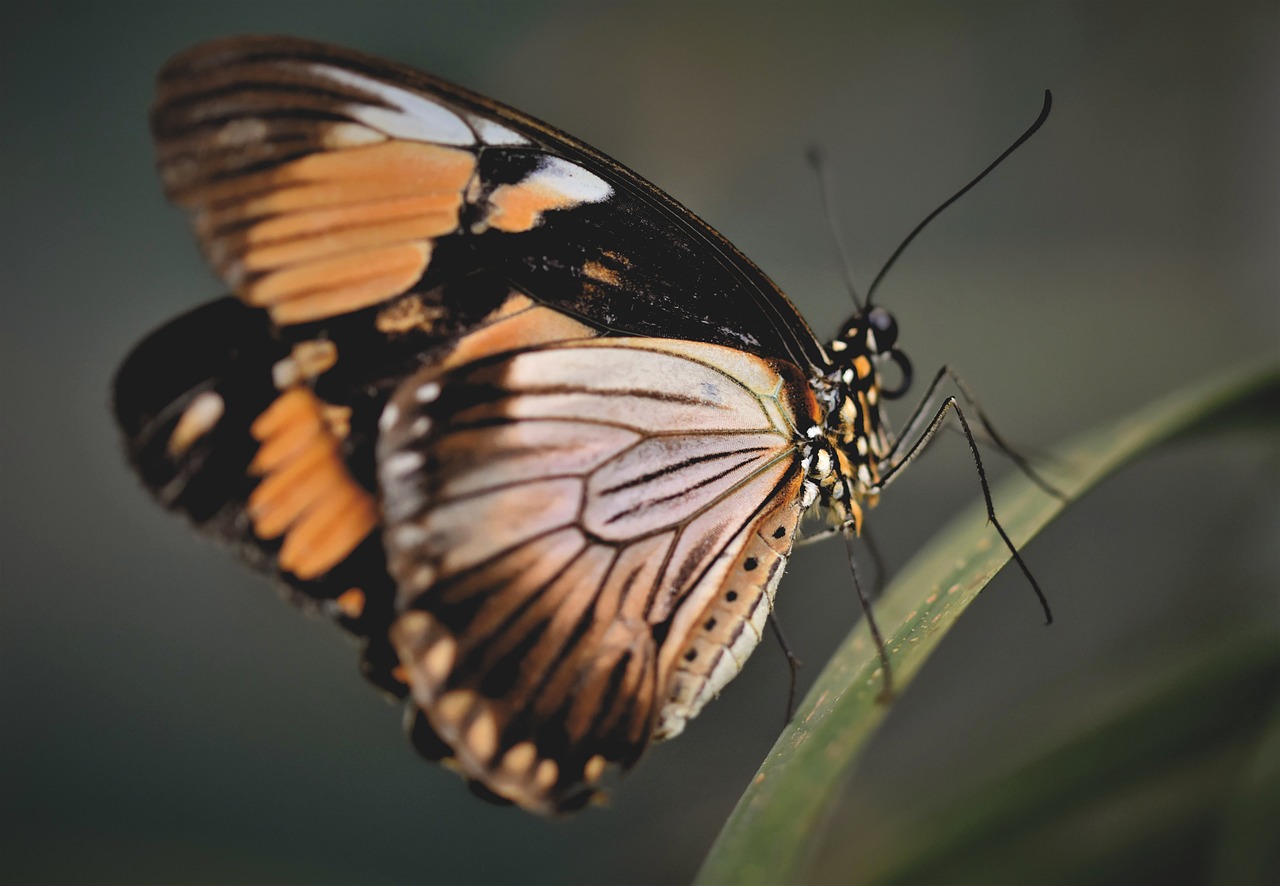Journey of the Monarch Butterfly: A Spectacular Migration
The world of animals and nature is filled with countless wonders, but few are as breathtaking as the migration of the Monarch Butterfly. This remarkable journey, crossing thousands of miles, has fascinated scientists and nature lovers for decades. In this article, we delve into the background, current research, and significance of this awe-inspiring natural phenomenon.

The Odyssey of the Orange Wings
The Monarch Butterfly, known scientifically as Danaus plexippus, is a captivating creature renowned for its distinctive orange and black wings. While their striking appearance has made them a favorite among butterfly enthusiasts, it is their extraordinary migration patterns that truly sets them apart. Each year, millions of these butterflies embark on a journey spanning up to 3,000 miles, traveling from Canada and the United States to warmer climates in Mexico and Southern California.
This great migration begins in late summer and early fall, when the Monarch butterflies in North America sense the change in season. Sensing the shorter days and cooler temperatures, they start their journey south to avoid the harsh winter. It’s a marvel of nature that these delicate creatures can travel such vast distances and return to the same overwintering sites each year.
Current Research and Discoveries
In recent years, scientists have made exciting breakthroughs in understanding the Monarch Butterfly’s migration. Research has revealed that these butterflies have a kind of biological compass, allowing them to navigate using the position of the sun. Additionally, they possess a unique genetic trait that enables them to resist the urge to mate until they have completed their migration and overwintering, ensuring they have enough energy for the long journey.
However, despite these advances in understanding, there are still many mysteries surrounding the Monarch Butterfly’s migration. For instance, it is still unclear how new generations of butterflies know the route to their overwintering sites, as the butterflies that return are several generations removed from those that left.
Market Impact and Conservation Efforts
The Monarch Butterfly’s migration has significant ecological, cultural, and economic implications. Ecologically, they help pollinate plants on their route. Culturally, their arrival in Mexico coincides with the Day of the Dead, where they are believed to carry the spirits of the departed. Economically, they contribute to tourism in areas where they overwinter, like the Monarch Butterfly Biosphere Reserve in Mexico.
However, the Monarch Butterfly population has seen a dramatic decline in recent years, with habitat loss, pesticides, and climate change being major threats. Conservation efforts are underway, with initiatives like the Monarch Joint Venture in the US, encouraging citizens to create Monarch-friendly habitats and advocating for policies that protect these butterflies.
The Priceless Journey
The Monarch Butterfly’s migration is a testament to the wonders of the natural world. It is a phenomenon that has captured our collective imagination, providing invaluable insights into animal behavior and migration. However, with their numbers dwindling, it is a reminder of the delicate balance of nature and our role in preserving it.
From the fluttering orange wings that signal the arrival of spring in North America to their spectacular mass roosts in the oyamel fir forests of Mexico, the journey of the Monarch Butterfly is an unforgettable spectacle of nature. Amid their struggle for survival, they continue to inspire and captivate, reminding us of the wonders of the animal kingdom and the importance of conservation.
In conclusion, the journey of the Monarch Butterfly is a unique and fascinating phenomenon. As we continue to discover more about these remarkable creatures, it is crucial that we also work to protect them, ensuring that future generations can witness the marvel of their migration.




